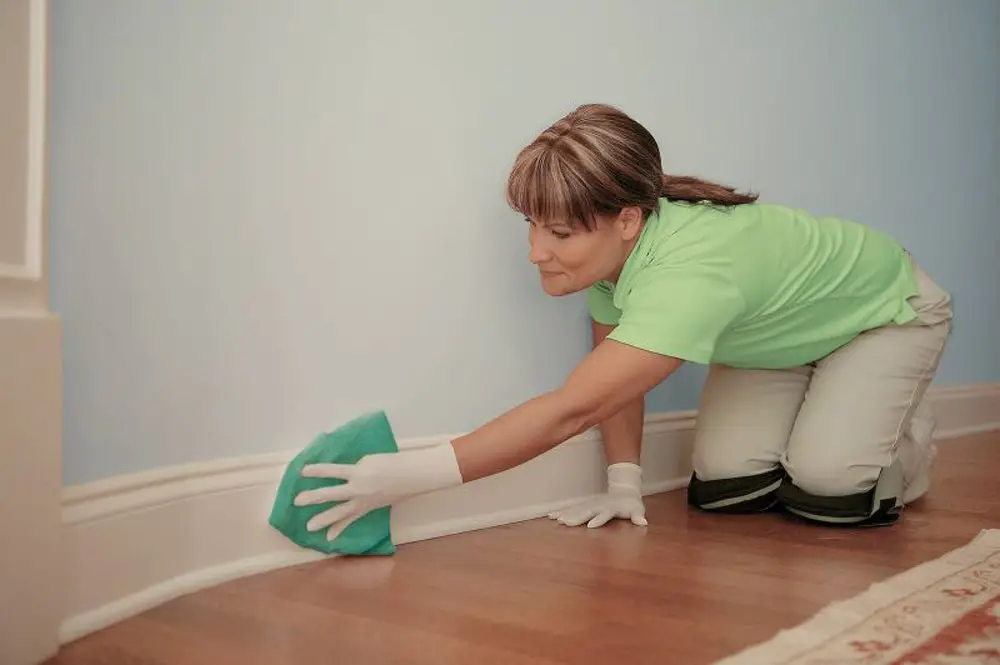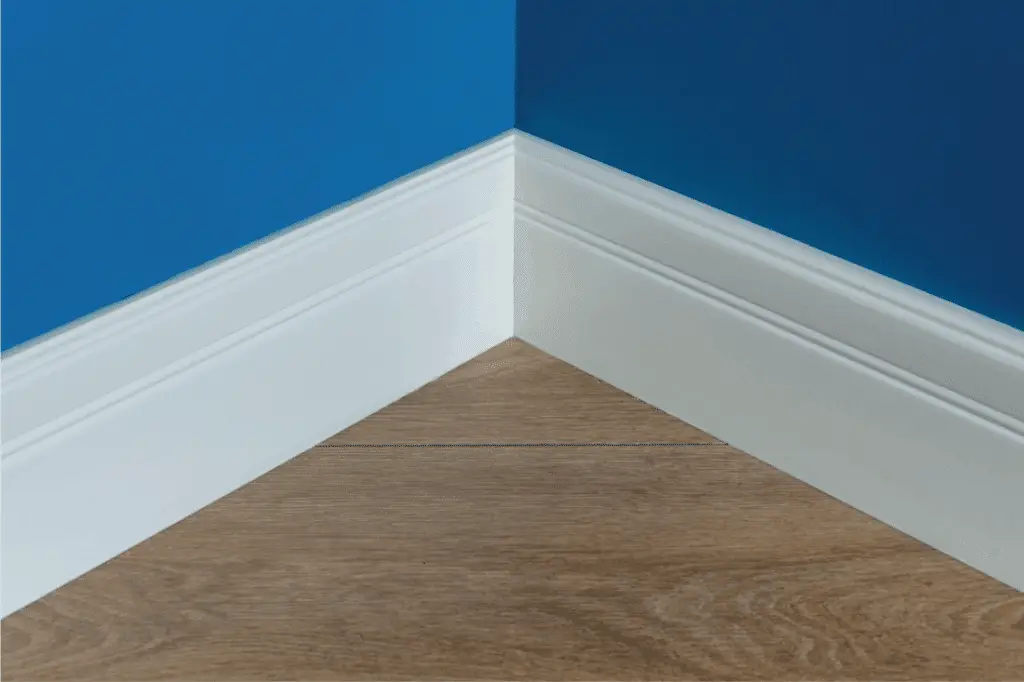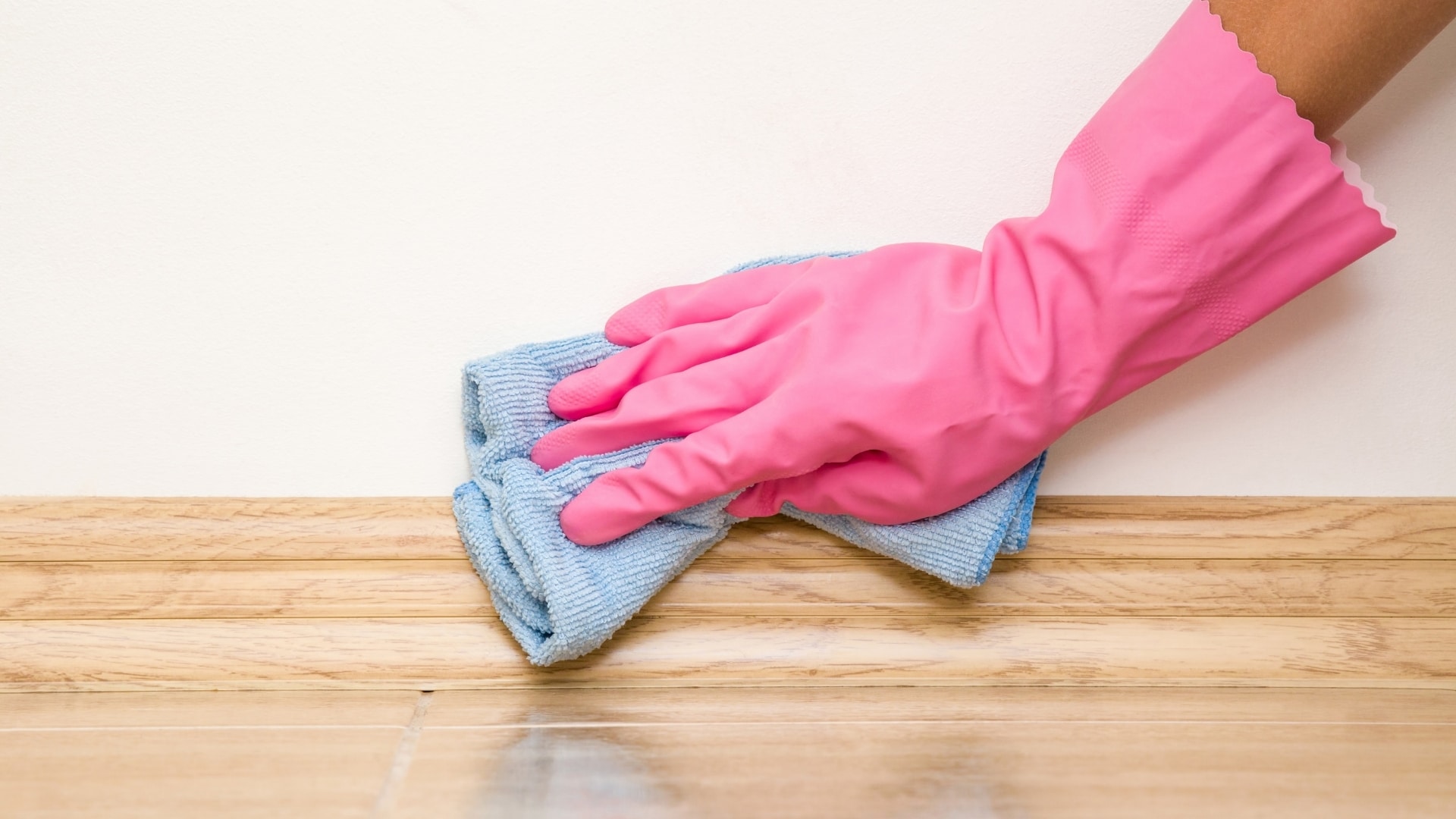How Often To Clean Baseboards
Introduction
How Often To Clean Baseboards: Baseboards are an often overlooked part of our homes that can accumulate dust, dirt, and grime over time. Many homeowners may not realize the importance of regularly cleaning their baseboards, but doing so can greatly improve the overall cleanliness and appearance of a room. In this article, we will explore how often you should clean your baseboards and the benefits of doing so.
Cleaning your baseboards on a regular basis is essential for maintaining a clean and healthy living environment. Baseboards can easily collect dust, pet hair, and other allergens that can negatively impact indoor air quality. If left uncleaned, these particles can circulate throughout your home and contribute to respiratory issues, especially for those with allergies or asthma. By regularly cleaning your baseboards, you can help reduce the presence of these allergens and create a healthier living space for you and your family.
The frequency of cleaning will depend on various factors such as clean walls the amount of foot traffic in your home, the presence of pets, and the overall cleanliness of your living space. As a general rule of thumb, it is recommended to clean your baseboards at least once every few months. However, if you have pets that shed a lot or if you live in a particularly dusty area, you may need to clean them more frequently.

How do I keep my baseboards clean?
Keeping baseboards clean is an important part of maintaining a clean and tidy home. Over time, baseboards can accumulate dust, dirt, and grime, which can make them look dull and dirty. However, with regular cleaning and a few simple tips, you can easily keep your baseboards looking fresh and clean.
Firstly, it is important to regularly dust your baseboards to prevent the buildup of dust and dirt. You can use a microfiber cloth or a feather duster to gently wipe away any dust or debris. Make sure to reach all the corners and crevices of the baseboards to ensure a thorough cleaning.
Secondly, if your baseboards are particularly dirty or stained, you may need to give them a deeper clean. One effective method is to mix a small amount of dish soap with warm water in a bucket. Dip a sponge or cloth into the soapy water and gently scrub the baseboards. Be careful not to use too much water, as this can damage the baseboards. After scrubbing, rinse the sponge or cloth with clean water and wipe away any soap residue.
What is the point of cleaning baseboards?
Cleaning baseboards may seem like a tedious and unnecessary task, but it actually serves several important purposes. Baseboards are the strips of molding that run along the bottom of walls, where they meet the floor.
Cleaning baseboards also helps to prolong their lifespan. Baseboards are often made of wood or other materials that can be susceptible to damage from dirt and grime. Over time, this buildup can cause the baseboards to deteriorate, warp, or become discolored. By regularly cleaning the baseboards, you can prevent this damage and extend their longevity.
In addition to maintaining cleanliness and prolonging lifespan, cleaning baseboards can also improve the overall appearance of a room. Baseboards that are dirty or covered in dust can make a room look unkempt and neglected. On the other hand, clean and well-maintained baseboards can give a room a polished and finished look. They can also make a room feel brighter and more inviting.
Overall, cleaning baseboards is an important task that should not be overlooked. It helps to maintain cleanliness, prolong the lifespan of the baseboards, and improve the overall appearance of a room.
Can you clean baseboards with just water?
Water is a natural solvent that can help break down and remove dirt and grime from baseboards. It is also safe to use on most types of baseboard materials, such as wood, vinyl, or painted surfaces. Using water to clean baseboards is a simple and cost-effective method that can yield satisfactory results.
Once the loose dirt has been removed, dampen a clean cloth or sponge with water. Wring out any excess water to avoid saturating the baseboards. Gently wipe the damp cloth or sponge along the baseboards, applying light pressure to remove any remaining dirt or grime. For stubborn stains or buildup, you can use a soft-bristled brush or an old toothbrush to scrub the affected areas.
After cleaning the baseboards with water, it is important to dry them thoroughly to prevent any water damage or warping. Use a dry cloth or towel to wipe away any excess moisture. You can also use a fan or open windows to help speed up the drying process.
Why do baseboards get so dirty?
Baseboards are an essential part of any home’s interior design, providing a finishing touch to the walls and floors. However, they often seem to attract an excessive amount of dirt and grime, leaving homeowners wondering why they get so dirty. There are several reasons why baseboards accumulate dirt and require regular cleaning.
Firstly, baseboards are located at the bottom of the walls, making them more susceptible to dust and debris that naturally settles on the floor. As people walk around the house, they unknowingly kick up dirt and particles, which then settle on the baseboards. This constant accumulation of dust and debris can quickly make the baseboards appear dirty and unkempt.
Secondly, baseboards are often overlooked during regular cleaning routines. While homeowners may diligently vacuum or sweep their floors, they may neglect to clean the baseboards. Over time, this neglect can lead to a buildup of dirt and grime, making the baseboards appear even dirtier.
Additionally, baseboards are prone to collecting pet hair and dander. Pets, especially those that shed, can leave behind a trail of hair that easily sticks to the baseboards. This can be particularly problematic for individuals with allergies or asthma, as the pet hair can exacerbate their symptoms.
Can you clean baseboards with soap and water?
Yes, you can clean baseboards with soap and water. Baseboards are often overlooked when it comes to cleaning, but they can accumulate dust, dirt, and grime over time. Cleaning them regularly not only helps maintain their appearance but also prevents the buildup of allergens and bacteria.
To clean baseboards with soap and water, you will need a few basic supplies. Firstly, gather a bucket of warm water and add a small amount of mild dish soap. Avoid using harsh chemicals or abrasive cleaners as they can damage the baseboards. Additionally, you will need a soft cloth or sponge, a scrub brush with soft bristles, and a dry cloth for drying.
After cleaning, use a dry cloth to wipe away any remaining moisture and ensure the baseboards are completely dry. This step is crucial as leaving the baseboards wet can lead to water damage or mold growth. Once dry, you can also apply a thin layer of furniture polish or a baseboard cleaner to add shine and protect the surface.
When cleaning baseboards, it is important to use the right tools and. Start by dusting the baseboards with a microfiber cloth or a soft brush to remove loose dirt and debris. Then, use a mild cleaning solution and a sponge or cloth to wipe down the baseboards, paying attention to any stubborn stains or marks. Finally, dry the baseboards thoroughly to prevent any moisture damage.
How frequently should baseboards be cleaned?
Baseboards should be cleaned on a regular basis to maintain cleanliness and prevent the buildup of dust, dirt, and grime. The recommended frequency for cleaning baseboards is once every 1-2 months. However, this can vary depending on factors such as the amount of foot traffic in the area, the presence of pets or children, and the overall cleanliness of the surrounding environment.
What is the ideal cleaning schedule for baseboards?
When it comes to maintaining cleanliness in your home, it is important to establish a regular cleaning schedule for your baseboards. The ideal frequency for cleaning baseboards is typically every 1 to 3 months, depending on the level of dirt and dust accumulation in your home. However, it is important to note that high-traffic areas or homes with pets may require more frequent cleaning.
Regular cleaning of baseboards not only helps to keep your home looking tidy, but it also prevents the buildup of dirt, dust, and grime that can accumulate over time. To effectively clean your baseboards, start by dusting them with a microfiber cloth or a soft brush to remove loose debris. Then, use a mild cleaning solution and a sponge or cloth to gently wipe away any remaining dirt or stains.
How often should I clean my baseboards to maintain cleanliness?
It is recommended to clean your baseboards at least once every month to maintain cleanliness in your home. However, the frequency of cleaning may vary depending on factors such as the amount of foot traffic in your home, the presence of pets, and the overall cleanliness of your living space.
Regular cleaning of baseboards is essential as they tend to accumulate dust, dirt, and grime over time. Neglecting to clean them regularly can result in a buildup of allergens and bacteria, which can negatively impact indoor air quality and contribute to respiratory issues. Additionally, dirty baseboards can detract from the overall appearance of your home, making it look unkempt and unclean.
To maintain cleanliness and prolong the lifespan of your baseboards, it is recommended to dust them weekly using a microfiber cloth or a soft brush attachment on your vacuum cleaner. This will help remove loose dirt and prevent it from settling into the crevices of the baseboards. For a more thorough cleaning, you can use a mild detergent mixed with warm water to wipe down the baseboards, ensuring to dry them thoroughly afterwards to prevent any moisture damage.
What is the suggested interval for cleaning baseboards?
When it comes to cleaning baseboards, the recommended interval is typically every 1 to 3 months. However, the frequency may vary depending on factors such as the amount of foot traffic in the area, the presence of pets or children, and the overall cleanliness of your home. If you have a busy household with high foot traffic, it may be necessary to clean your baseboards more frequently, such as once a month.
Regular cleaning of baseboards is important to maintain cleanliness and prevent the buildup of dust, dirt, and grime. Neglecting to clean your baseboards for extended periods can result in a dull and dirty appearance, which can detract from the overall cleanliness of your home. Additionally, dirty baseboards can also contribute to poor indoor air quality, as dust and allergens can accumulate on them.
When cleaning your baseboards, it is recommended to use a mild detergent or a mixture of water and vinegar. Start by dusting the baseboards with a microfiber cloth or a soft brush to remove loose dirt and debris. Then, dampen a cloth or sponge with the cleaning solution and wipe down the baseboards, paying attention to any stubborn stains or marks. Finally, dry the baseboards thoroughly to prevent any moisture damage.

Conclusion
It is important to note that certain situations may require more frequent clean baseboards. For example, if there are pets in the house that shed a lot of fur or if there are young children who frequently touch and lean against the baseboards, it may be necessary to clean them more often to ensure a hygienic environment. Similarly, in high-traffic areas such as entryways or hallways, where dirt and dust are more likely to accumulate, more frequent cleaning may be necessary to maintain the cleanliness and appearance of the baseboards.
When it comes to the actual cleaning process, there are several methods that can be used. One common approach is to use a damp cloth or sponge with a mild cleaning solution to wipe down the baseboards. It is important to avoid using harsh chemicals or abrasive materials that could damage the baseboards. Additionally, using a vacuum cleaner with a brush attachment can be an effective way to remove dust and dirt from hard-to-reach areas and crevices.








